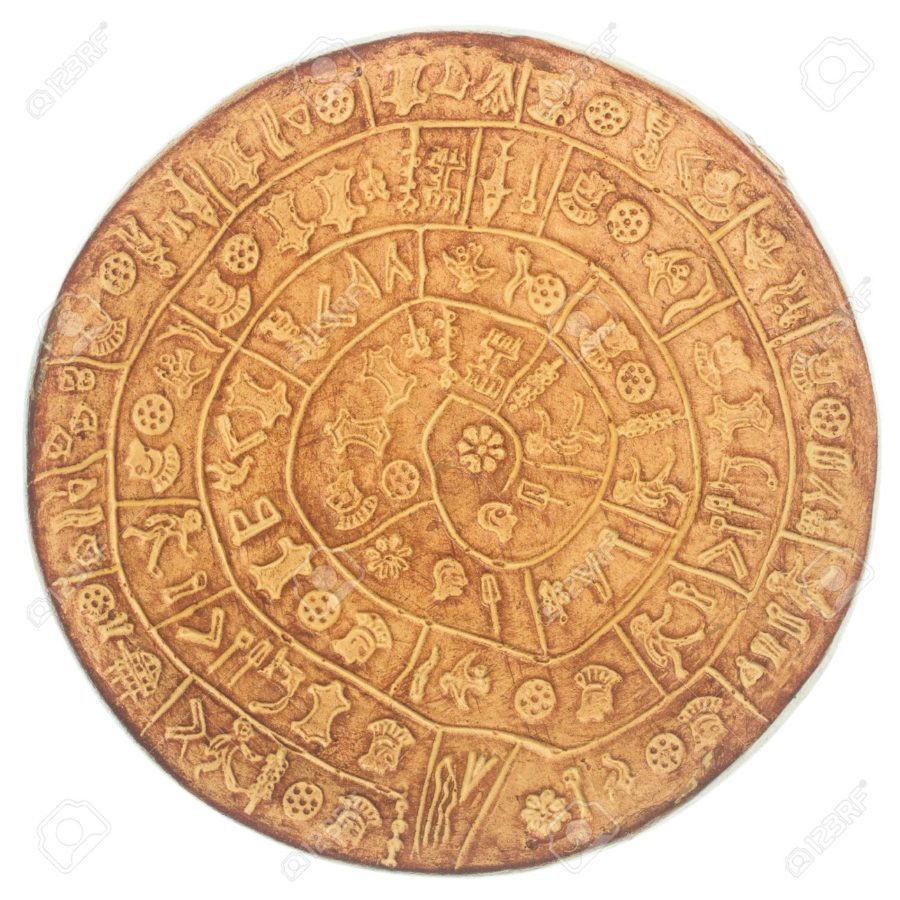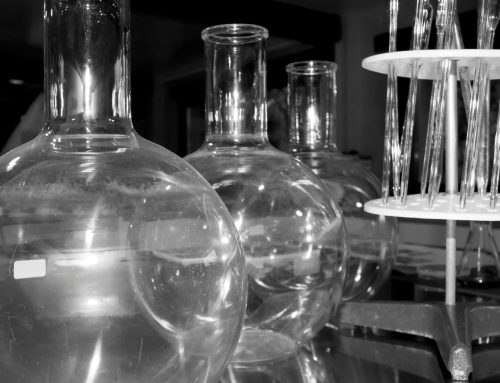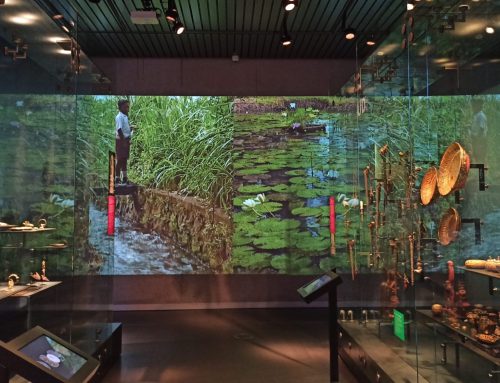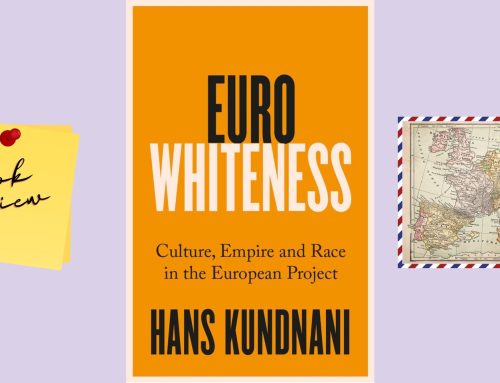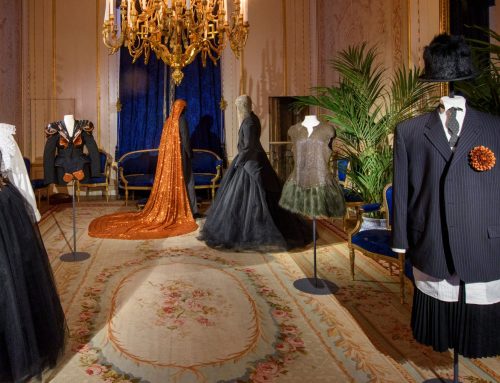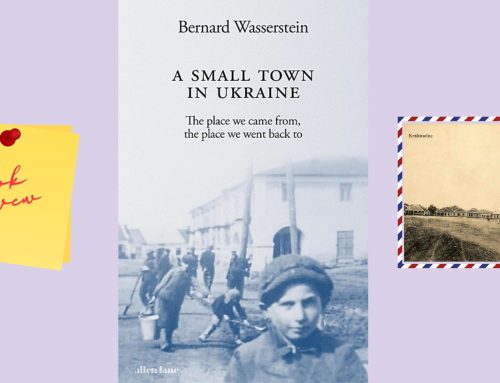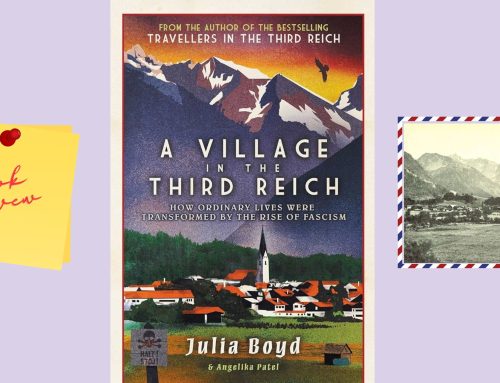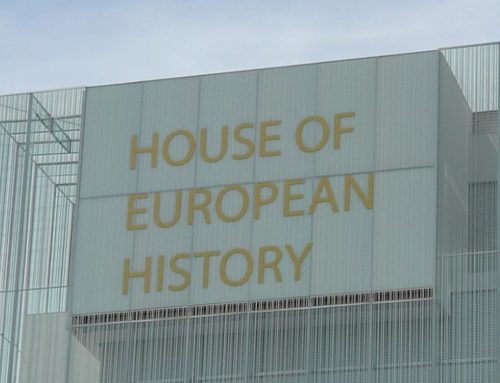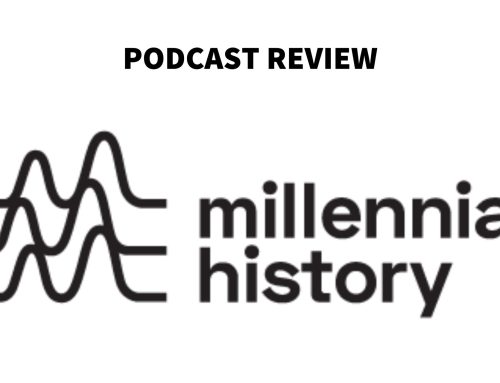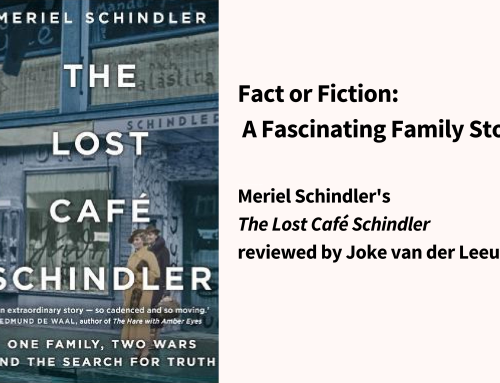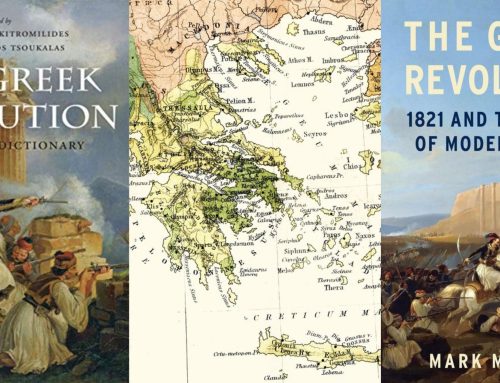What am I suggesting you listen to?
This History of the World in 100 objects starts with the first recorded humans and ranges across time and around the world ending in 2010, the year when the series of 15-minute programmes first aired on BBC Radio 4 over the course of 20 weeks. This is ‘a’ history (of course not ‘the’) history of humanity. A different object from the vast collection of the British Museum is at the centre of each 15 minute programme. With an object in mind, the then director of the British Museum, Neil MacGregor, sets the object in its context. He is a man with a gift for bringing the past to life, highly intelligent, with the ability to communicate in an authentic, straightforward manner that is never patronising. After he left his role at the British Museum, he was asked to be founding director for Berlin’s new Humboldt Forum.
The 100 episodes are all available to download as podcasts and are a great accompaniment to your morning commute, or to keep you company doing the ironing, or as you walk the dog. They are divided into 20 periods, which were also given theme names, as follows:
- Making us human (2,000,000 – 9,000 BC)
- After the Ice Age: food and sex (9,000 – 3,000 BC)
- The first cities and states (4,000 – 2,000 BC)
- The beginning of science and literature (1500 – 700 BC)
- Old world, new powers (1100–300 BC)
- The world in the age of Confucius (500–300 BC)
- Empire builders (300 BC – AD 1)
- Ancient pleasures, modern spice (AD 1 – 600)
- The rise of world faiths (AD 200 – 600)
- The Silk Road and beyond (AD 400 – 700)
- Inside the palace: secrets at court (AD 700 – 950)
- Pilgrims, raiders and traders (AD 900 – 1300)
- Status symbols (AD 1200–1400)
- Meeting the gods (AD 1200–1400)
- The threshold of the modern world (AD 1375–1550)
- The first global economy (AD 1450–1600)
- Tolerance and intolerance (AD 1550–1700)
- Exploration, exploitation and enlightenment (AD 1680–1820)
- Mass production, mass persuasion (AD 1780–1914)
- The world of our making (AD 1914–2010)
While the fact that the British Museum has such a wide range of objects is as a result of colonial domination and full of controversy, the ‘history’ itself is most definitely not national, or European, it is world history. In programme one Neil MacGregor sets out his stall: “In these programmes, I’m travelling back in time, and across the globe, to see how we humans over 2 million years have shaped our world and been shaped by it, and I’m going to tell this story exclusively through the things that humans have made: all sorts of things, carefully designed, and then either admired and preserved, or used, broken and thrown away. I’ve chosen just a hundred objects from different points on our journey, from a cooking pot to a golden galleon, from a Stone Age tool to a credit card.”
A few highlights
The joy of these podcasts is that you can listen to them in any order. I think I have listened to them all. I have certainly listened to some of them many times over the years since they were first produced. I will briefly share three of my highlights:
1) The Vale of York Viking Hoard was buried in the ground not far from where I live in about 927CE. It was found in 2007 and is made up of beautiful silver and goldwork and many coins. We know it was buried around the time England was formed. There are coins of St Peter using the hammer of the Viking God Thor. We have no idea what happened to the Viking who buried this treasure and never returned to claim it. What it does reveal (via the coins) is that, over 1000 years ago, my rather unspectacular home city was part of a vast trade network that connected with Baghdad, Afghanistan and Samarkand.
2) The Akan Drum represents the forced transfer of African people to the Americas. It has been in the British Museum since it opened in 1753. It cannot have been taken to North America by an enslaved African, as they were not allowed to take possessions. Yet, by 1730 this West African wooden drum was in the Americas, probably given as a gift to slavers and then traded on. It represents the forced transfer of millions of Africans and with them African culture, which was to flourish, develop and shape the world, for example as jazz music.
3) A clay tablet from c.3000 BCE comes from what is now southern Iraq. It is one of the earliest examples of writing. Someone has recorded the rations of beer for workers. It’s an early example of a bureaucracy organising public finances. This was the notebook of an administrator. Writing was emerging as a form of social control. I wonder if the beer was good?!
How could this help teach history?
Firstly, listening to these podcasts is a wonderful way for teachers to develop their own knowledge. That might be in relation to a specific topic taught in school. Alternatively, it could be in order to gain new knowledge so that existing knowledge is reframed and transformed and thinking about the past changes. I think that the latter is what makes teaching history so exciting. We are always learning ourselves, always developing our thinking about the past, never finding a final answer as we can never go back there.
You could summarise the stories Neil MacGregor tells to use as starters to intrigue students about a topic you are about to study. Alternatively, you could set listening to a podcast, or reading a summary of a podcast as additional learning to make students aware of what was going on elsewhere, or what the wider cultural milieu was, in a period they are studying. The stories can also be used to bridge those big gaps we have between what we teach in depth in class, because there is just too much of the past to teach.
It would be great to hear what inspires you about these objects and how you can think of using them with students.
There is a book of this name, but I would recommend you listen to the podcasts that you can find here: https://www.bbc.co.uk/sounds/series/b00nrtf5
Written by Helen Snelson, EuroClio Ambassador

